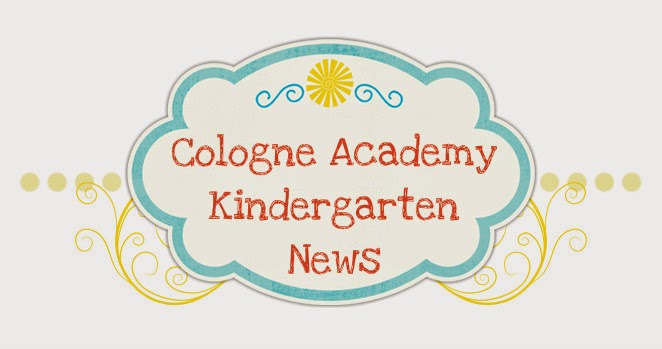Check the couch for spare change! Why you may ask?
National Junior Honor Society is collecting coins next week for "We Create
Change." Their focus is Economic Empowerment, purchasing dairy goats for
impoverished areas of Kenya. Each goat costs $50 and we're asking that each of
our 24 homeroom classes raise enough money for 1 goat, about $2 per
student.
Last year we blew our goal of 21 goats out of the
water and sent 61 goats to some of the most impoverished areas in Kenya. You
may be asking how a dairy goat can make an economic impact. Did you know that
goats are known for surviving in difficult conditions? They aren't picky
eaters, so they are easy to feed and a healthy goat can produce up to 16 cups
of milk a day? This milk can be used to sell or trade for other goods and needs
as well as increase the health of the family that owns the goat. With financial
planning assistance a goat can lift a family out of poverty.
Coins are great no donation is too small, we also
welcome bills and checks of any amount (payable to Cologne Academy). Last year
we had several families donate a goat in honor of their family name, all goes
to help an amazing cause and teaches our students the importance of giving and
helping globally.
Thank you from NJHS students!
Important Dates to Remember:
January 22--Class Party 2:00-3:15
January 28th--Expo 5:30-7:30
Performance Times:
(in the cafeteria)
Mrs. Pogatshnik's
class @ 5:30
Ms. Hansen's class @
5:45
Ms. Bronk's class @
6:00
January 29th-History Center Field Trip All Day. Please
Pack a bag lunch and drink for your child this day. Leave at 9:00 and
return at 2:30. Please have your child wear their College Tshirt and
uniform bottom.
January 29th-OSA in CA gym at 2:45.
LITERATURE
Have You Seen my Cat?
Kitten's First Full Moon
Focus: Problem and Solution
MATH
During the months of
January, February, March students will work on the following skills:
· numbers 0-31 (ordering, identifying, representing, and writing)
· addition
· Ordinal Position
· tally marks
· matching and sorting: 3-D shapes
· patterns : ABC, ABBA, growing patterns
· comparing, ordering, and measuring using non-standard units of measurement and with a
ruler in inches
Throughout the year
students will explore math through open-ended- problem solving journals, math
stations, ipads/ipods, IXL, rekenreks, and a variety of math manipulatives.
HANDWRITING/WRITING
We are working on thinking like writers and getting our ideas on
paper using pictures and words. We are also labeling, stretching out
words, and using our vowels. This week we are working on turning our
writing and ideas into books and scrolls. We are working on thinking
about what we are going to write and planning it out across all of the pages in
our story. Including details and labeling in our pictures is an important way
to tell more about our story.
CORE KNOWLEDGE
Native Americans--This unit introduces students to the concept
that indigenous people lived on the continents of North and South America
long before European explorers visited and settled in this area. Students
will learn that there were many, many different tribes of Native Americans, and
that each tribe had its own way of eating, dressing, and living, depending on
where they lived. Students will learn abou three tribes in particular:
the Lakota Sioux of the Great Plains region, and the Wampanoag and the
Lenape, both of the Eastern Woodlands region. They will begin to
understand how different geographical regions influenced different lifestyles.
Students will learn that each Native American group has its own
distinctive culture.
